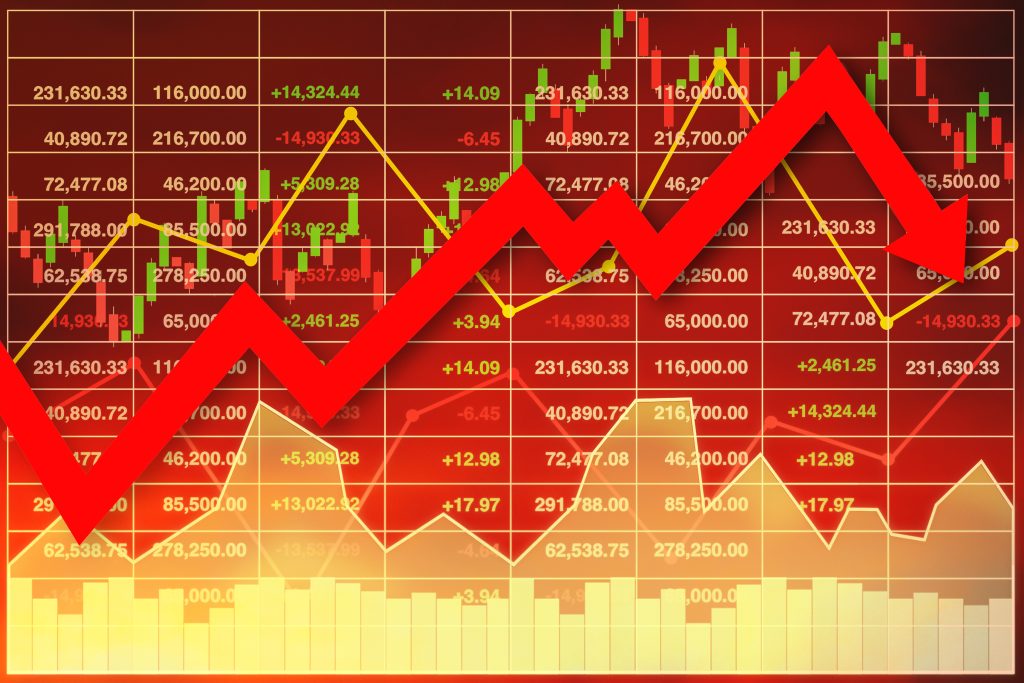Market Volatility | Is it time to take action?
For investors who have been in the market for an extended period well know the volatility that comes with investing in the stock market.
The past few years have rewarded investors handsomely with returns that are over expectations. Now we’re seeing the market adjust, but there’s not enough clarity at the moment to determine if the adjustment is temporary or will be long running with the White House’s constant policy shifts. Regardless, it’s important to focus on the fundamental principles of investing.

FOCUS ON THE FUNDAMENTALS
The fundamentals are quite simple. Funds that you will need within the next seven to ten years should not be invested in the stock market. Why a period of seven to ten years?
Over the past ninety years, on average, the stock market returns on a rolling ten-year basis produced positive returns. The risk of negative returns increases for any seven-year period, but is less for a ten-year period. We reduce the risk of long, long-term losses if we can stay in the market for an extended period.
Funds that are needed in the short-term (less than seven years) should only be invested in fixed-income investments and cash.
The division of investible assets between the stock market and conservative investments (fixed income) is simply a mathematical function based on the phases of and through retirement. The fixed income allocation is determined by estimating how much you will need from your retirement account during the first ten years of retirement. You could allocate everything else to the stock market.
We have defined the three phases of retirement planning as accumulation, taper and distribution.
The accumulation phase runs from the time you join the workforce until you are ten years from retirement. The taper phase starts when you’re seven to ten years from retirement and lasts until retirement. Finally, the distribution phase begins at retirement and lasts through your retirement years.
During the accumulation phase, an allocation of 100% of your retirement assets to the stock market is appropriate because you have time to ride out the ups and downs. In the taper phase the asset allocation shifts so that you will have ten years of income in the fixed income account by the time you reach retirement.
The distribution phase begins when you retire and lasts through your retirement years. During the distribution phase, the fixed income distribution account is replenished around the seventh to tenth year of the cycle and repeated through retirement.
This strategy to and through retirement is very simple, and is a mathematical calculation that should mitigate short-term portfolio adjustments that could have a material adverse impact on retirement readiness.
Action Items:
Engage with your advisor at ERISA Advisers for an in-depth analysis of your retirement strategy. Book a Meeting
- Stay the course; short-term cash needs should drive asset allocation conditions, not market volatility

